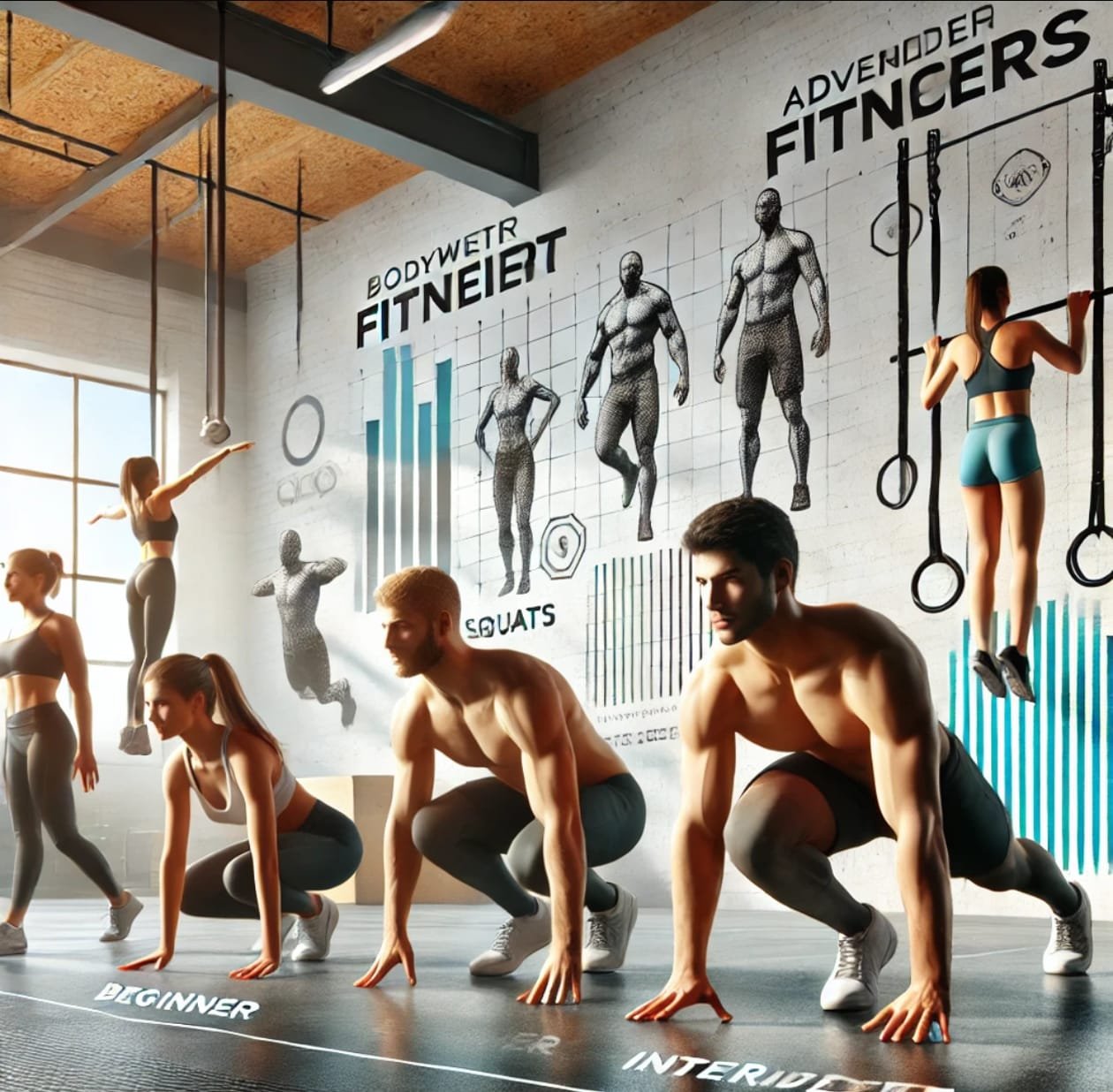Skip to content
Beginner
- Walking-Managing the frequency and intensity of your walk should start with short distances.
- Bodyweight squats-stand with feet hip-width apart, bend your knees, and lower your body, then come back up to standing position.
- Push-ups-doing push-ups on your knees with your hands about shoulder-width apart, down toward the ground, and push back up.
- Lunges-step forward on one leg and then lower your body towards the ground as close to the back knee as possible, and retain position.
- Plank-hold yourself on the floor on your forearms and stay straight-Keep hold.
Intermediate
- Jogging/running-Increase distances traveled on a run while increasing speed.
- Bodyweight squats (full)-Very similar to squats, though not quite so deep.
- Push-ups-regular push-ups with your hands about shoulder-width apart.
- Squat jump-from the squat position you will jump straight up, reaching out with your arms overhead.
- Burpees-start standing, then squat down, and kick your feet back into plank position. Jump back in and jump up.
Advanced
- Sprinting-short, intense bursts of running.
- Weighted squats-squats using dumbbells or a barbell for added weight.
- Plyometrics-these exercises incorporate explosive movements with activities like box jumps or medicine ball slams.
- HIIT-HIIT training alternates between periods of short bursts of great intensity followed by short periods of rest.
- Compound exercises-these exercises are demanding ones that work several muscle groups simultaneously such as deadlifts or pull-ups.
Basic Guide:
- Start out slow and progress at your own pace.
- Listen to what your body tells you; easy, allowing it to rest.
- Choose exercises you want or believe to be challenging.
- Proper focus on proper form will prevent you from injuring yourself.
- Drink water in plenty.
- You may consult a professional whenever you’d like personalized suggestions.
